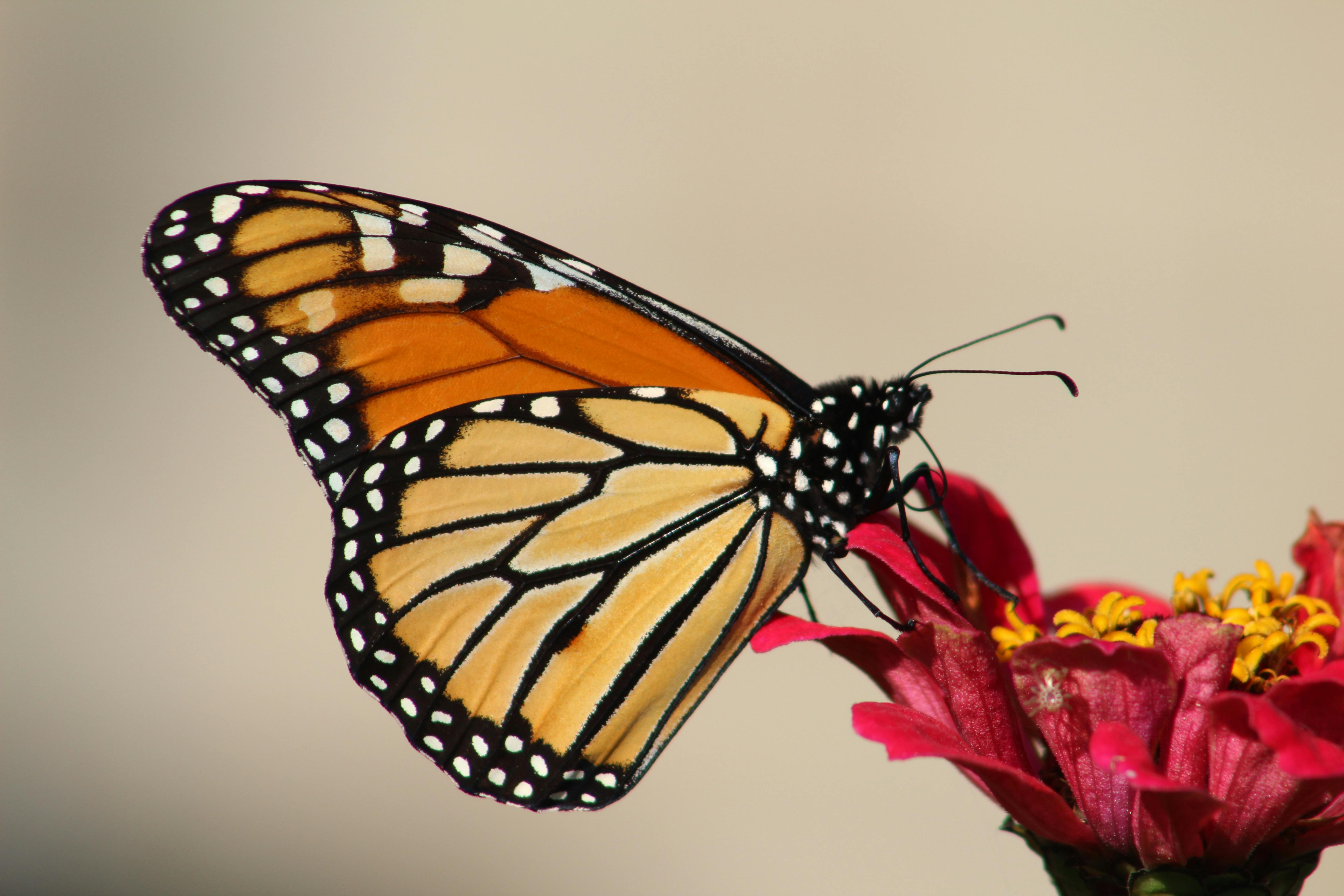Understanding the Marvelous Monarch: The Extraordinary Life Cycle of Monarch Butterflies
Intriguing, fascinating, and awe-inspiring—the life cycle of the Monarch butterfly is a marvel of nature that captures the imagination. This article delves into the extraordinary journey of this iconic insect, from egg to adult, and highlights the latest developments in Monarch butterfly conservation.

A Tiny Beginning: The Egg Stage
The life of a Monarch butterfly begins as a minuscule egg, laid by the female on the underside of milkweed leaves—the only plant Monarch caterpillars can feed on. The eggs are pearl-white and about the size of a pinhead. After four to five days, the caterpillar inside starts its journey, chewing its way out of the eggshell.
Growing Phase: The Caterpillar Stage
Once hatched, the caterpillar, or larva, enters a period of rapid growth. The caterpillar’s primary job is to eat and grow, munching on milkweed leaves and increasing its body mass about 2000 times. The caterpillar molts, or sheds its skin, five times during this stage, each phase is known as an instar.
Transformation Period: The Pupa Stage
After two weeks of continuous eating and growing, the caterpillar enters the pupa, or chrysalis, stage. It attaches itself to a suitable twig or leaf using silk and transforms into a green casing. Inside, the caterpillar undergoes a remarkable metamorphosis and slowly transforms into a butterfly. This stage lasts for about ten days.
Flight of Freedom: The Adult Butterfly
The adult Monarch emerges from the chrysalis with wet and folded wings. Once its wings dry and harden, the Monarch is ready for flight. The adult butterfly feeds on nectar from a variety of flowers. The Monarchs born in late summer or early fall are the ones that migrate to warmer climates.
Recent Developments in Monarch Conservation
Monarch butterflies, known for their incredible mass migration, have faced significant threats in recent years due to habitat loss and climate change. However, efforts are being made to conserve these beautiful creatures. In the United States, the Monarch Butterfly Conservation Fund was established to restore habitats and milkweed populations. In Mexico, where the Monarchs spend their winters, forest conservation efforts are in place to protect their overwintering sites.
The life of a Monarch butterfly is indeed extraordinary—one of nature’s most captivating life cycles. Its journey from egg to adult is a testament to the wonders of natural evolution and metamorphosis. However, their survival hangs in the balance, and the conservation efforts of today will determine the fate of these iconic insects. From understanding their life cycle to participating in conservation efforts, each one of us can contribute to ensuring that future generations also get to witness the marvel of the Monarch butterfly.




